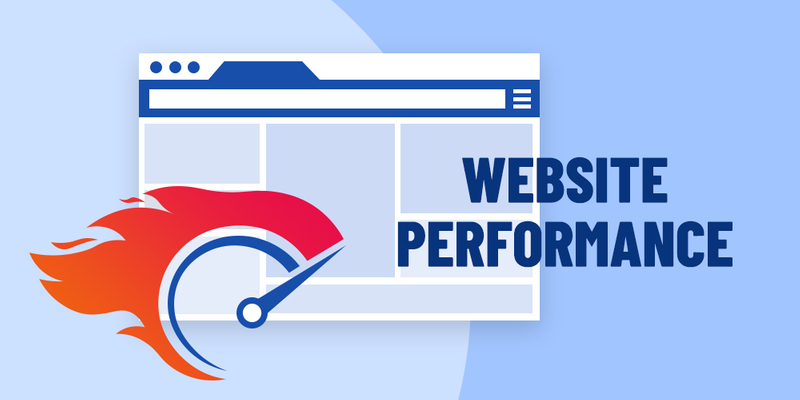WordPress is a powerful and versatile platform, but as your website grows, ensuring optimal website performance becomes crucial. A slow-loading website can lead to poor user experience, higher bounce rates, and even lower search engine rankings. To help you boost your WordPress site’s performance, we’ve compiled an essential checklist that covers key aspects from hosting to optimization.
Table of Contents
What is Website Performance
Website performance refers to the speed, responsiveness, and overall efficiency of a website in delivering content and functionality to users. It is a crucial aspect of user experience and can have a significant impact on various aspects of a website’s success, including user satisfaction, search engine rankings, and conversion rates.
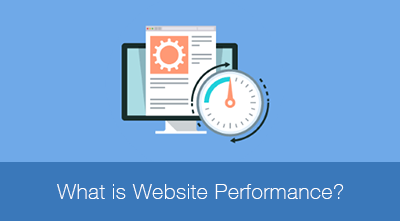
Key components of website performance
The key components of website performance encompass various aspects, both technical and user-oriented. Addressing these components ensures a fast, responsive, and efficient website. Here are the key components:
- Page Load Time: This is the time it takes for a web page to fully load in a user’s browser. Faster load times contribute to a better user experience and can positively impact factors like bounce rates and engagement.
- Responsiveness: A responsive website adjusts its layout and design to provide an optimal viewing experience across various devices and screen sizes. Mobile responsiveness is particularly important, as an increasing number of users access websites from smartphones and tablets.
- Server Response Time: The time it takes for the web server to respond to a user’s request is critical for overall website performance. A fast server response time ensures that users can quickly access the requested content.
- Resource Optimization: Efficient use of resources, such as images, scripts, stylesheets, and other media files, is crucial for website performance. Compressing and properly optimizing these resources can reduce page load times.
- Caching: Caching involves storing static versions of dynamic content to speed up subsequent requests. Browser caching and server-side caching can significantly improve website performance for repeat visitors.
Why Does Website Performance Matter?
Website performance matters for several reasons, and its impact extends to user experience, search engine rankings, business success, and overall online presence. Here are key reasons why website performance is crucial:
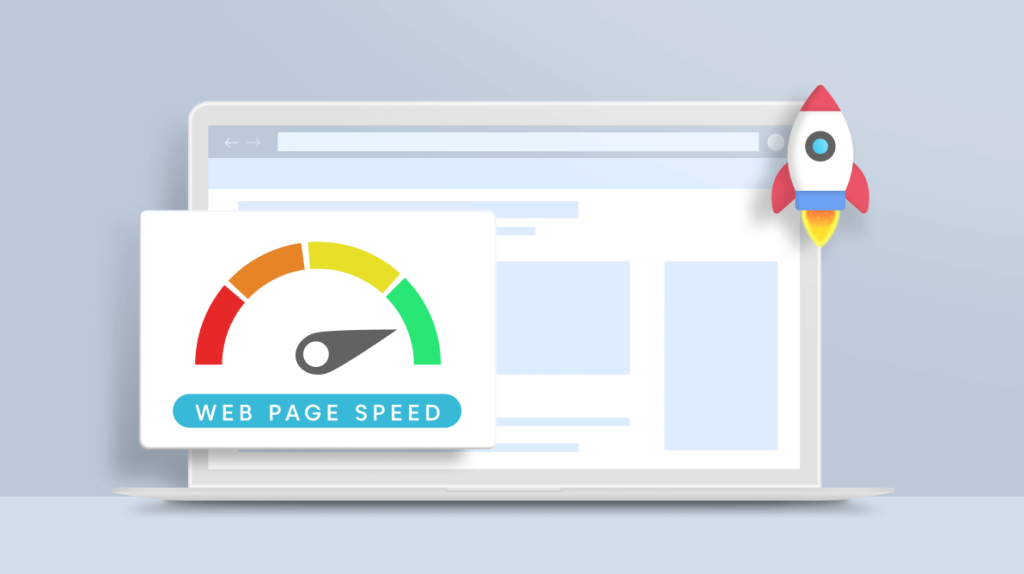
User Experience:
- Users expect websites to load quickly. A slow website can lead to frustration and an increased likelihood of users abandoning the site.
- A fast and responsive website encourages users to stay longer, explore more pages, and engage with content, ultimately contributing to a positive user experience.
Search Engine Rankings:
- Search engines, such as Google, consider website performance as a ranking factor. Faster-loading websites are more likely to rank higher in search engine results, leading to increased visibility and organic traffic.
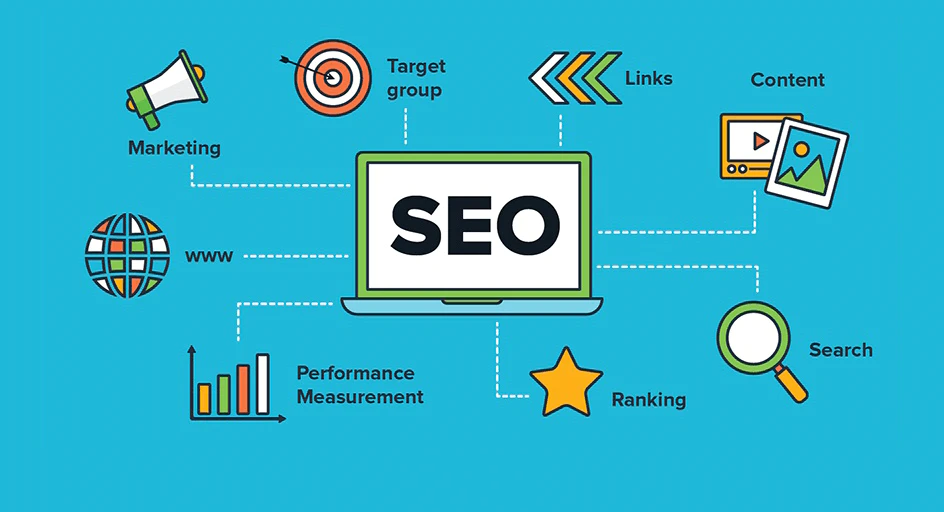
- Google gives preference to mobile-friendly and fast-loading websites in its mobile-first indexing, as more users access the web from mobile devices.
Conversion Rates:
- Website performance directly influences conversion rates. Users are more likely to complete desired actions (such as making a purchase, filling out a form, or subscribing) on a fast and efficient website.
- A slow website often results in higher bounce rates, as users are more likely to leave a site if it takes too long to load. Lower bounce rates contribute to better conversion opportunities.
User Retention and Loyalty:
- A well-performing website creates a positive perception of a brand or business. Users are more likely to return and become loyal customers if they have a smooth and enjoyable experience.
- In a competitive online landscape, websites that prioritize performance gain a competitive edge. Users tend to choose websites that provide a seamless experience over slower alternatives.
Cost Efficiency:
- Well-optimized websites use server resources more efficiently, reducing hosting costs. Caching, compression, and other performance optimization techniques contribute to cost savings in the long run.
- Faster websites consume less data, benefiting users with limited bandwidth, especially in regions with slower internet connections.
WordPress Website Performance Checklist
Optimizing the performance of your WordPress website is essential to provide a positive user experience, improve search engine rankings, and increase overall site efficiency. Here’s a comprehensive WordPress performance checklist to guide you through the process:
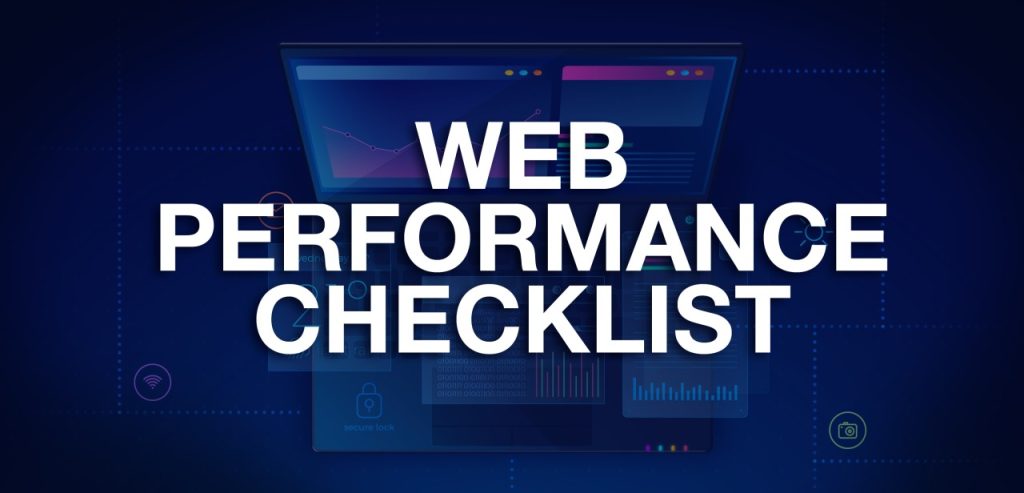
- Choose a Reliable Hosting Provider: Selecting the right hosting provider is the foundation of a high-performance WordPress site. Opt for a reliable host with good server infrastructure, adequate resources, and support for the latest PHP and MySQL versions.
- Utilize a Content Delivery Network (CDN): Implement a CDN to distribute your site’s static assets (images, stylesheets, scripts) across multiple servers worldwide. This reduces latency and speeds up content delivery to users, regardless of their geographic location.
- Optimize Images and Media Files: Compress and optimize images before uploading them to your site. Consider using plugins like Smush or EWWW Image Optimizer to automatically compress images without compromising quality. Lazy loading is another technique to load images only when they come into the user’s viewport.
- Enable Caching: Install a caching plugin to generate static HTML versions of your dynamic WordPress pages. This reduces the server load and speeds up page loading times for repeat visitors. Popular caching plugins include W3 Total Cache and WP Super Cache.
- Minify CSS, JavaScript, and HTML: Minification involves removing unnecessary characters and whitespace from your code. Use plugins like Autoptimize to automatically minify and concatenate CSS, JavaScript, and HTML files, reducing their file sizes and improving load times.
- Update WordPress and Plugins: Regularly update your WordPress core, themes, and plugins to ensure you benefit from the latest features, bug fixes, and security patches. Outdated software can be a significant source of performance issues and security vulnerabilities.
- Optimize Database Tables: Use plugins such as WP-Optimize or WP-Sweep to clean up and optimize your WordPress database. Removing unnecessary data and optimizing database tables can enhance overall site performance.
- Implement GZIP Compression: Enable GZIP compression on your server to reduce the size of files transferred between the server and the user’s browser. This significantly speeds up page loading times, especially for text-based content.
- Use a Lightweight Theme: Choose a lightweight and well-coded WordPress theme. Avoid overly complex themes with features you don’t need, as they can contribute to slower loading times. Themes optimized for performance often include built-in speed features.
- Monitor and Analyze Performance: Utilize tools like Google PageSpeed Insights, GTmetrix, or Pingdom to regularly monitor your website’s performance. These tools provide insights into areas that need improvement and suggestions for optimization.
Conclusion
By following this essential WordPress website performance checklist, you can significantly enhance the speed and responsiveness of your website. A fast-loading site not only improves user satisfaction but also positively impacts your search engine rankings. Regularly revisit and update your optimization strategies to keep up with evolving web standards and technologies. Remember, a well-optimized WordPress site is a key ingredient for online success.

